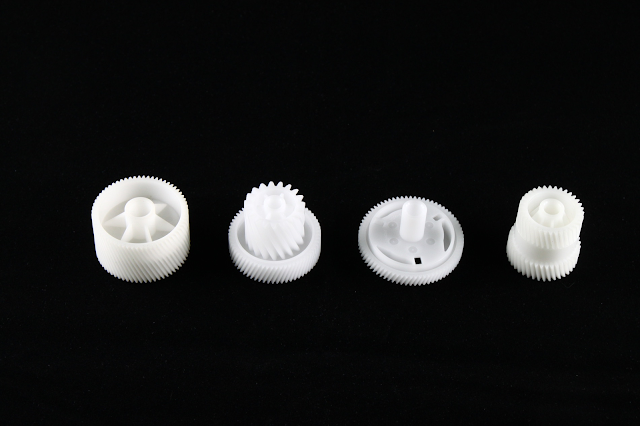Rapid Prototyping: Benefits, Process & Key Components Explained
Rapid prototyping is a product development technique in which a
prototype—or basic product model—is swiftly built, tested, and iterated. This
strategy is not limited to physical items but also applies to software and
processes.
Understanding How Rapid
prototyping China Works
Conceptualization is the first
step in developing a notion. Teams brainstorm to properly identify the product
concept, its intended usefulness, and its target audience.
Design and development:
Following the definition of the concept, the team creates and builds a basic
model. This stage use simple tools and technology to construct a first
prototype, emphasising fundamental functionality above ideal aesthetics or
detailed details.
Testing: Users test the
prototype. The goal of this procedure is to uncover defects, places for
improvement, or chances for enhancement.
Refinement: The prototype
is altered and refined depending on the comments and insights gained during
testing. This stage may be done several times until the product provides the
expected functionality and user satisfaction.
Implementation: Once the
prototype has produced good results, the team progresses to full-scale
development, utilizing the lessons learned throughout the prototyping stages.
What components make up a
typical quick prototype?
Simplicity: Rapid
prototypes should be precise enough to validate the concept, but not unduly
complex. The goal is to prioritize fundamental functionality above ideal
appearances or sophisticated features.
Representative design:
While simplicity is important, the prototype should be similar to the desired
final product. This likeness allows people to better comprehend the product and
offer accurate feedback.
Testability: Testability
is an important aspect of a quick prototype. It must be built to allow
consumers to engage with it, which will show usability faults or potential
improvements.
Advantages of creating a quick
prototype
Improved communication:
Rapid prototypes provide a concrete representation of a concept, allowing
stakeholders to comprehend and communicate more effectively.
Rapid prototyping may save
substantial time and money that would otherwise be spent on changes during
full-scale manufacturing by discovering and correcting problems early in the
development process.
User-centric design: By including users in the testing process, fast prototyping guarantees that the final product meets genuine demands and preferences.
Rapid prototyping from Rapid prototyping Manufacturers reduces risk by allowing teams to 'fail quickly and inexpensively,' lowering the likelihood of releasing a defective or ineffective product.
Follow our Facebook and Twitter for more information about our product.




Comments
Post a Comment